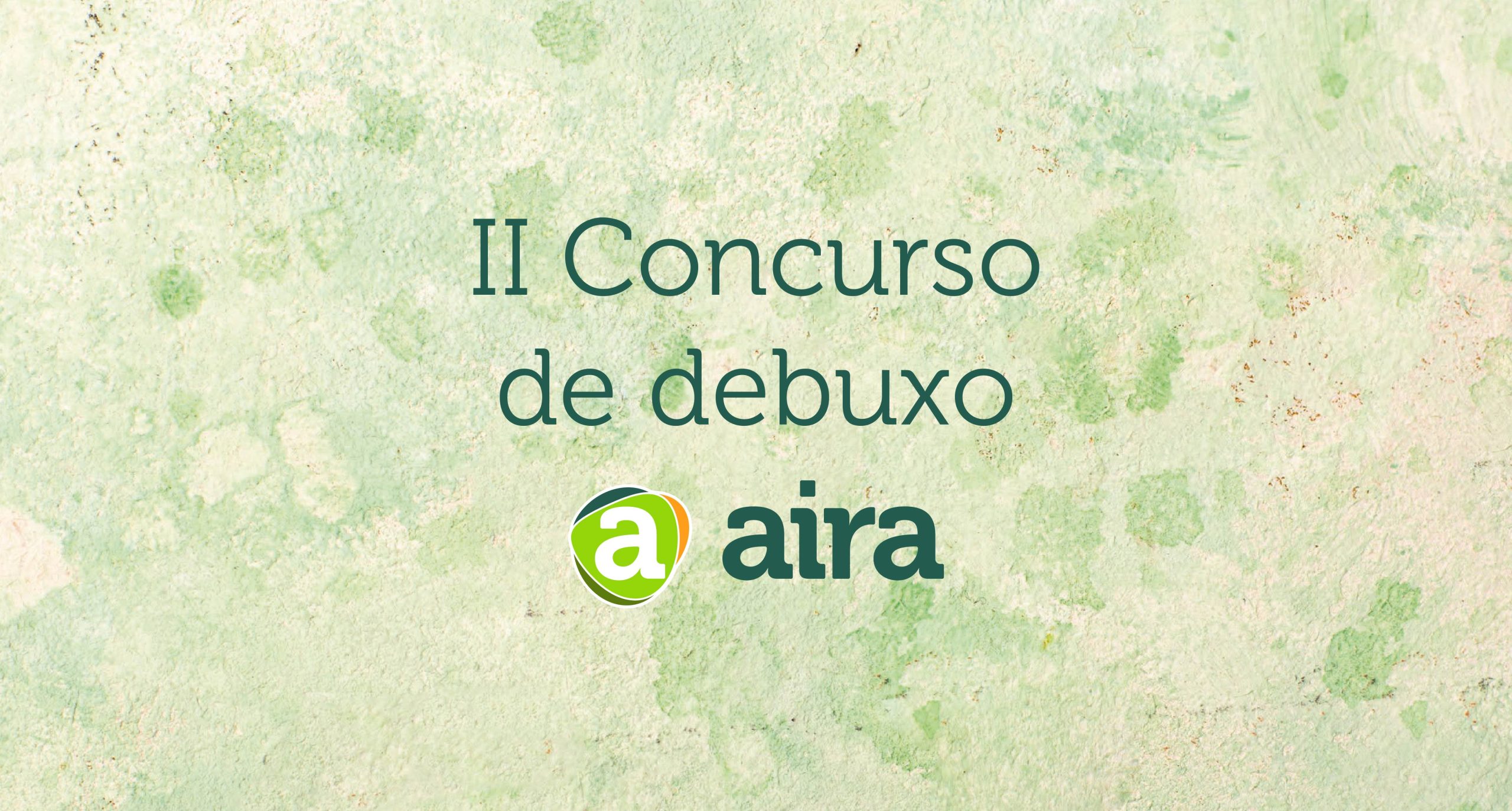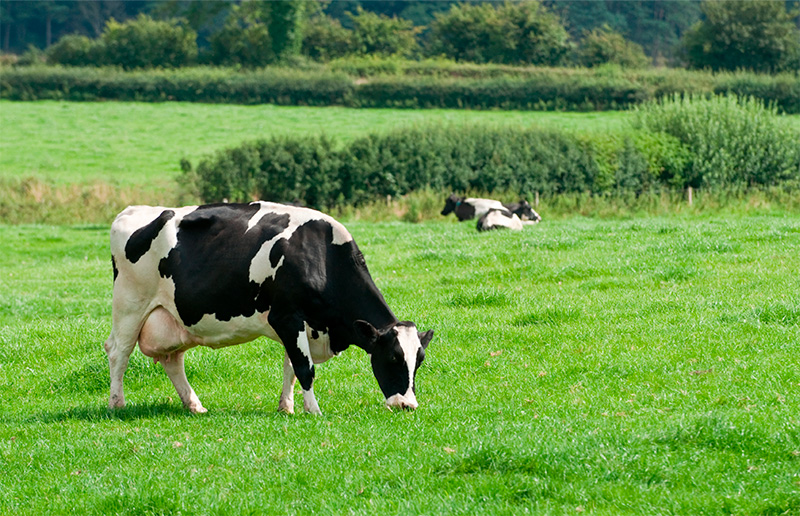Esther García and her family have a dairy cattle farm and for the last 10 years they have been using part of their production to produce their own raw milk cheeses.
In the parish of Güimil, in Monterroso, is located the Ganadería Golpe SL, one of the partner farms of AIRA. Esther García, her husband José Diéguez and their daughter Verónica, who joined the activity about 8 years ago, when they founded the SL, are in charge of it.
“
I really like the farm and the countryside, I feel proud and I recommend everyone to bet on the countryside
”
“I really like the farm and the countryside, I feel proud and I recommend everyone to bet on the countryside“, explains Esther. Her parents had a dairy cattle ranch and she always knew that she would take over the farm. “I never wanted to leave, I wanted to continue with the farm and that’s what we did,” she says.
Today, his farm has 96 Friesian cows in production. “My parents also had a few Rubia cows, but we are committed to milk production. We have almost the entire Friesian herd, although we also had some Jersey cows,” he says. Their daily production is 30.5 liters per animal with qualities of 4.2 % fat and 3.4 % protein. “We focus on quality rather than quantity,” he explains.
This decision is due to the fact that for the last 10 years they have also been making their own cheeses, which they market under the brand name Quesos Zarapito.
“A few years ago, we decided to diversify, just as others did with pig farms, we thought of making our own cheeses,” recalls Esther. So, they transformed the old facilities into a queixería where today they make three types of cheese from raw milk: fresh cheese, cream cheese and cured cheese.“We produce cheeses but we continue to sell milk for the Cooperative, we do not transform all our production“, says the farmer.
In livestock farming, they manage about 50 hectares of land for the production of fodder to feed the cattle. They normally allocate about 30 hectares to grass and the rest to corn. Fodder production is one of the tasks that José is in charge of, although the sementeira and harvesting is usually done with AIRA.


